-
 Bitcoin
Bitcoin $115000
0.88% -
 Ethereum
Ethereum $3727
2.86% -
 XRP
XRP $3.001
2.15% -
 Tether USDt
Tether USDt $1.000
0.03% -
 BNB
BNB $765.7
0.59% -
 Solana
Solana $169.5
3.52% -
 USDC
USDC $0.9999
0.00% -
 TRON
TRON $0.3391
1.24% -
 Dogecoin
Dogecoin $0.2059
2.68% -
 Cardano
Cardano $0.7418
2.24% -
 Hyperliquid
Hyperliquid $37.92
1.29% -
 Stellar
Stellar $0.4017
2.54% -
 Sui
Sui $3.508
2.67% -
 Chainlink
Chainlink $16.87
2.81% -
 Bitcoin Cash
Bitcoin Cash $569.4
2.08% -
 Hedera
Hedera $0.2472
0.22% -
 Ethena USDe
Ethena USDe $1.001
0.01% -
 Avalanche
Avalanche $22.29
1.22% -
 Litecoin
Litecoin $118.0
0.74% -
 UNUS SED LEO
UNUS SED LEO $8.924
-0.75% -
 Toncoin
Toncoin $3.236
1.65% -
 Shiba Inu
Shiba Inu $0.00001238
1.79% -
 Uniswap
Uniswap $9.827
3.02% -
 Polkadot
Polkadot $3.684
1.92% -
 Dai
Dai $1.000
0.01% -
 Monero
Monero $283.0
-2.73% -
 Bitget Token
Bitget Token $4.362
0.47% -
 Cronos
Cronos $0.1458
4.97% -
 Pepe
Pepe $0.00001054
2.58% -
 Ethena
Ethena $0.6238
9.53%
How to open a contract on Bybit? Bybit futures account activation steps
To trade futures on Bybit, register, activate your futures account, and open a contract by selecting a crypto pair, contract type, and leverage, then monitor and manage your trades.
Jun 06, 2025 at 02:21 am
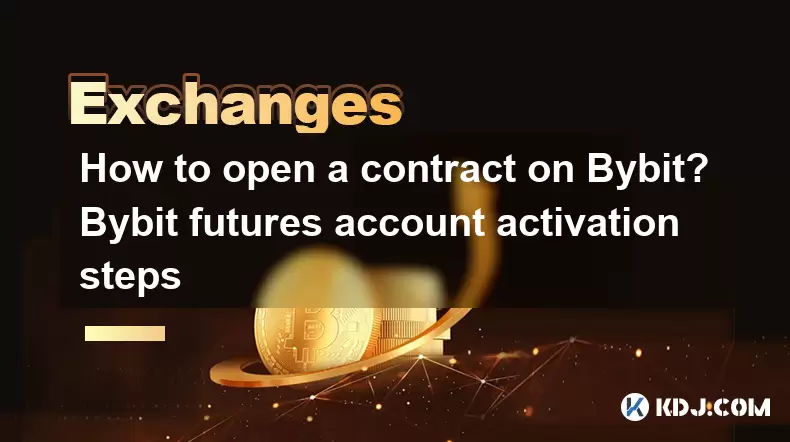
Opening a contract on Bybit and activating a futures account involves a series of steps that are crucial for engaging in cryptocurrency futures trading. Bybit, a popular platform among crypto traders, offers a user-friendly interface and robust trading features. This article will guide you through the process of opening a contract and activating your futures account on Bybit, ensuring you can start trading with confidence.
Registering on Bybit
Before you can open a contract or activate a futures account, you need to register on Bybit. Here's how you can do it:
- Visit the Bybit website and click on the "Register" button located at the top right corner of the page.
- Enter your email address and create a strong password. Make sure to use a password that combines letters, numbers, and special characters for enhanced security.
- Complete the CAPTCHA verification to confirm you are not a robot.
- Click on the "Register" button to create your account.
- Verify your email address by clicking on the verification link sent to your email inbox. This step is essential to activate your account fully.
Once you have completed these steps, you will have successfully registered on Bybit and can proceed to the next phase of setting up your futures account.
Activating Your Futures Account
To trade futures on Bybit, you must activate your futures account. Here's a detailed guide on how to do this:
- Log in to your Bybit account using the email and password you registered with.
- Navigate to the "Futures" section on the Bybit platform. You can usually find this at the top of the page or in the main menu.
- Click on "Open Account" or a similar option to begin the activation process.
- Read and agree to the Futures Trading Agreement. This is a mandatory step as it outlines the terms and conditions of trading futures on Bybit.
- Complete the KYC (Know Your Customer) verification if required. Bybit may ask you to submit identification documents to comply with regulatory standards.
- Deposit funds into your futures account. You can do this by clicking on the "Deposit" button and following the instructions to transfer cryptocurrency from your wallet to Bybit.
Once these steps are completed, your futures account will be activated, and you can start trading futures contracts.
Opening a Contract on Bybit
Now that your futures account is activated, you can proceed to open a contract. Here's how to do it:
- Navigate to the "Futures" section again and select the cryptocurrency pair you want to trade. Bybit offers various pairs such as BTC/USD, ETH/USD, and more.
- Choose the type of contract you want to trade. Bybit offers inverse and linear contracts. Inverse contracts are denominated in the underlying cryptocurrency, while linear contracts are denominated in USDT.
- Select the leverage you want to use. Bybit allows you to adjust the leverage according to your risk tolerance. Higher leverage can amplify both gains and losses.
- Enter the amount you wish to trade. This can be done by specifying the quantity of contracts or the total value in the chosen currency.
- Set your entry price if you want to place a limit order. For market orders, the contract will be executed at the current market price.
- Review your order details carefully, including the contract type, leverage, amount, and entry price.
- Click on "Buy" or "Sell" to open the contract. If you believe the price will rise, you would click "Buy"; if you believe it will fall, you would click "Sell".
After completing these steps, your contract will be opened, and you can monitor its performance in real-time on the Bybit platform.
Managing Your Open Contracts
Once you have opened a contract, it's important to manage it effectively to maximize your potential returns and minimize risks. Here are some tips on managing your open contracts:
- Monitor the market closely. Keep an eye on price movements, news, and market sentiment that could affect your open contracts.
- Set stop-loss and take-profit orders. These automated orders can help you manage risk by closing your position at a predetermined price level.
- Adjust your leverage if necessary. If market conditions change, you may need to adjust your leverage to better manage your risk exposure.
- Close your contract manually if you decide to exit the trade. You can do this by navigating to your open orders and clicking on "Close" or "Sell" for a long position, or "Buy" for a short position.
By following these management strategies, you can better navigate the complexities of futures trading on Bybit.
Understanding Bybit's Trading Fees
When trading futures on Bybit, it's important to understand the fee structure to ensure you are aware of the costs involved. Bybit charges different fees for makers and takers:
- Maker fees are charged when you add liquidity to the order book by placing a limit order that does not immediately execute. Bybit offers a maker fee of 0.01% for most trading pairs.
- Taker fees are charged when you remove liquidity from the order book by placing a market order or a limit order that executes immediately. Bybit's taker fee is typically 0.06% for most trading pairs.
Additionally, Bybit offers fee discounts for users who hold Bybit's native token, BTB. Holding BTB can reduce your trading fees, making it more cost-effective to trade on the platform.
Frequently Asked Questions
Q: Can I trade futures on Bybit without completing KYC?
A: While you can register and deposit funds without completing KYC, you may need to complete the verification process to access all features and higher withdrawal limits on Bybit.
Q: What is the minimum amount required to open a futures contract on Bybit?
A: The minimum amount required to open a futures contract on Bybit varies depending on the trading pair and the leverage you choose. For example, for BTC/USD futures, the minimum contract size is 1 USD with a leverage of up to 100x.
Q: How can I withdraw funds from my Bybit futures account?
A: To withdraw funds from your Bybit futures account, navigate to the "Assets" section, select "Withdraw," choose the cryptocurrency you want to withdraw, enter the withdrawal address, and specify the amount. Follow the on-screen instructions to complete the withdrawal process.
Q: Is it possible to trade futures on Bybit using a mobile app?
A: Yes, Bybit offers a mobile app available for both iOS and Android devices. You can download the app from the respective app stores and trade futures on the go.
Disclaimer:info@kdj.com
The information provided is not trading advice. kdj.com does not assume any responsibility for any investments made based on the information provided in this article. Cryptocurrencies are highly volatile and it is highly recommended that you invest with caution after thorough research!
If you believe that the content used on this website infringes your copyright, please contact us immediately (info@kdj.com) and we will delete it promptly.
- IREN Overtakes: A New King in the Bitcoin Miner Hashrate Race?
- 2025-08-07 16:31:29
- Memecoins Mania: Whales Eye Pepe Dollar (PEPD) as Bonk Cools Off, While MoonBull Hogs the Spotlight!
- 2025-08-07 16:51:17
- Unilabs, PEPE, and Investment Risk: Navigating the Crypto Hype
- 2025-08-07 16:31:29
- Meme Coin Mania: Rug Pulls, CZ-Inspired Tokens, and the Wild West of Crypto
- 2025-08-07 16:57:14
- HashFlare Founders Face the Music: Jail Time Looms?
- 2025-08-07 14:30:12
- Pepeto's Pounce: Meme Coin Mania Meets Blockchain Infrastructure
- 2025-08-07 15:10:12
Related knowledge

How to deposit USD on Bitstamp
Aug 07,2025 at 05:18pm
Understanding Bitstamp and USD DepositsBitstamp is one of the longest-standing cryptocurrency exchanges in the industry, offering users the ability to...
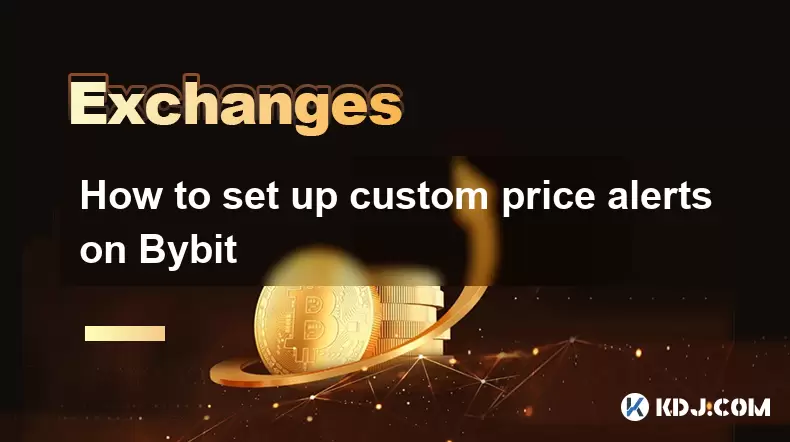
How to set up custom price alerts on Bybit
Aug 07,2025 at 04:31pm
Understanding Price Alerts on BybitPrice alerts on Bybit are essential tools for traders who want to stay informed about significant price movements i...
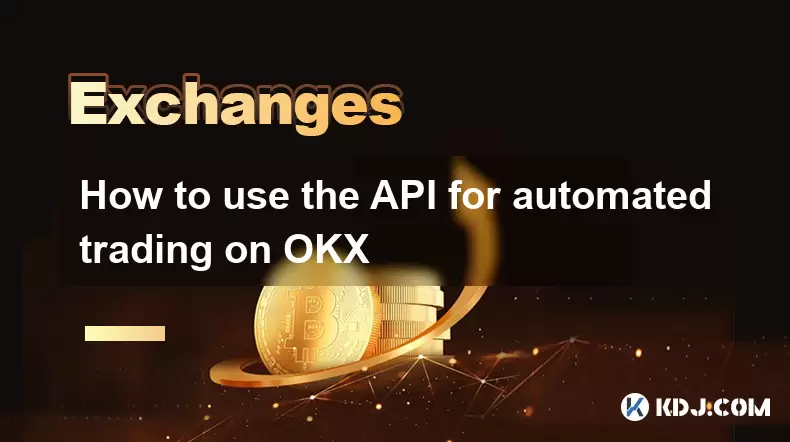
How to use the API for automated trading on OKX
Aug 07,2025 at 05:21pm
Understanding the OKX API for Automated TradingThe OKX API provides a powerful interface for users to automate their trading strategies, access real-t...

How to claim airdropped tokens on Gate.io
Aug 07,2025 at 04:01pm
Understanding Airdropped Tokens on Gate.ioAirdropped tokens are digital assets distributed for free by blockchain projects to promote awareness, incen...
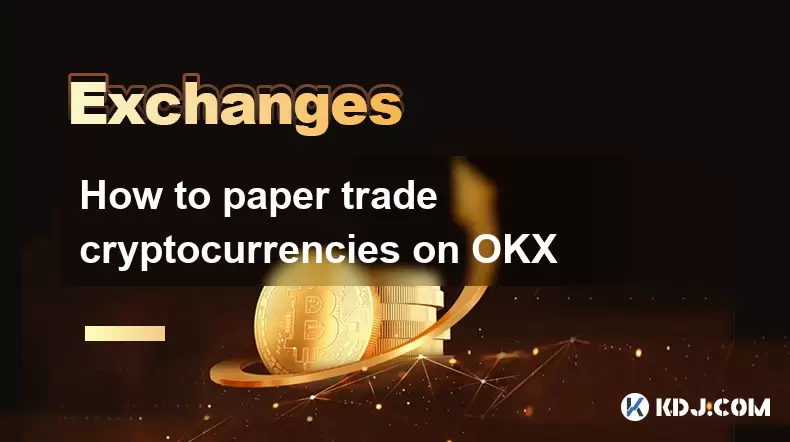
How to paper trade cryptocurrencies on OKX
Aug 07,2025 at 06:01pm
Understanding Paper Trading in the Cryptocurrency ContextPaper trading, also known as simulated or virtual trading, allows users to practice buying an...
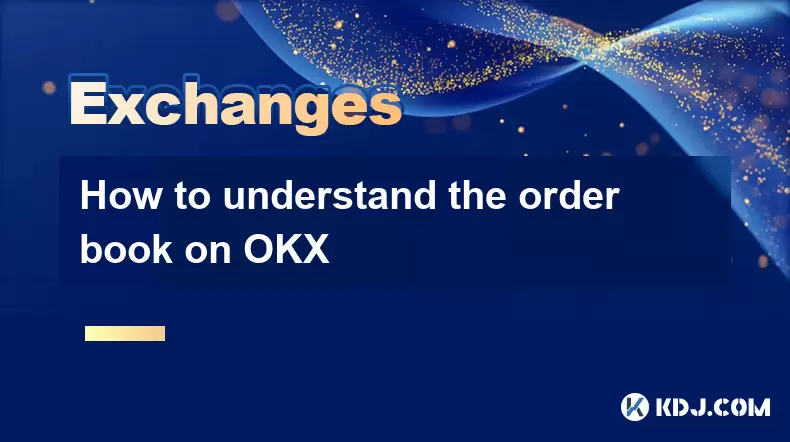
How to understand the order book on OKX
Aug 07,2025 at 03:49pm
What Is an Order Book on OKX?The order book on OKX is a real-time, dynamic list of all open buy and sell orders for a specific cryptocurrency trading ...

How to deposit USD on Bitstamp
Aug 07,2025 at 05:18pm
Understanding Bitstamp and USD DepositsBitstamp is one of the longest-standing cryptocurrency exchanges in the industry, offering users the ability to...

How to set up custom price alerts on Bybit
Aug 07,2025 at 04:31pm
Understanding Price Alerts on BybitPrice alerts on Bybit are essential tools for traders who want to stay informed about significant price movements i...

How to use the API for automated trading on OKX
Aug 07,2025 at 05:21pm
Understanding the OKX API for Automated TradingThe OKX API provides a powerful interface for users to automate their trading strategies, access real-t...

How to claim airdropped tokens on Gate.io
Aug 07,2025 at 04:01pm
Understanding Airdropped Tokens on Gate.ioAirdropped tokens are digital assets distributed for free by blockchain projects to promote awareness, incen...

How to paper trade cryptocurrencies on OKX
Aug 07,2025 at 06:01pm
Understanding Paper Trading in the Cryptocurrency ContextPaper trading, also known as simulated or virtual trading, allows users to practice buying an...

How to understand the order book on OKX
Aug 07,2025 at 03:49pm
What Is an Order Book on OKX?The order book on OKX is a real-time, dynamic list of all open buy and sell orders for a specific cryptocurrency trading ...
See all articles

























































































